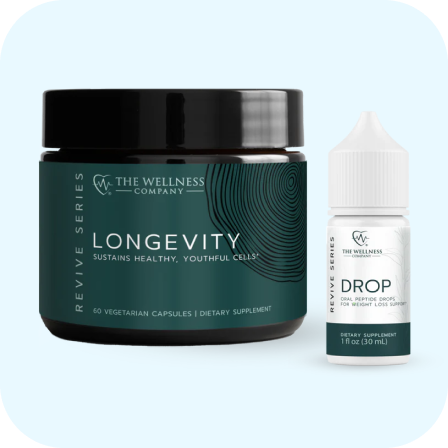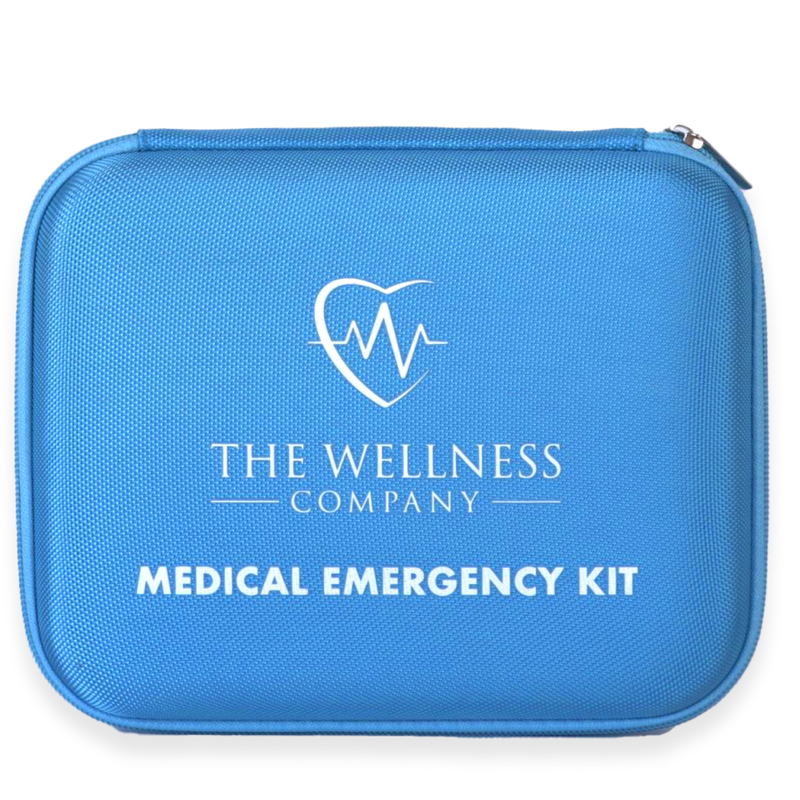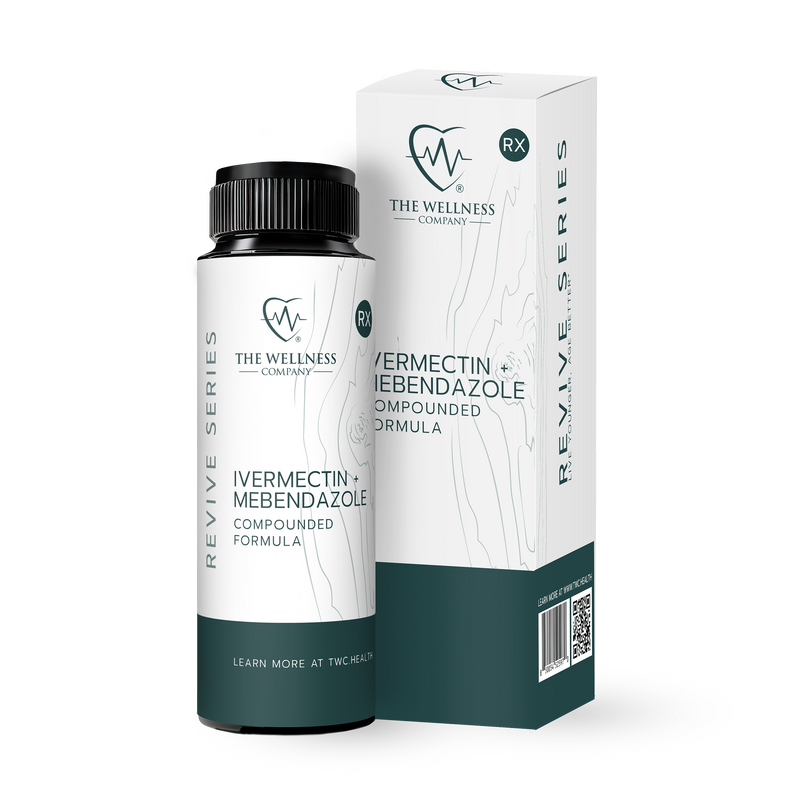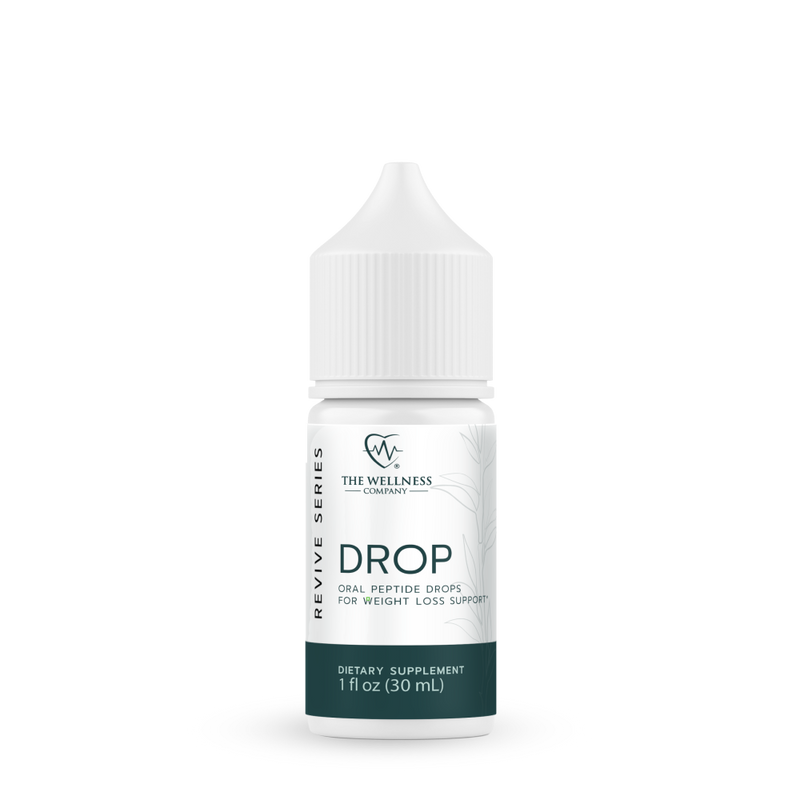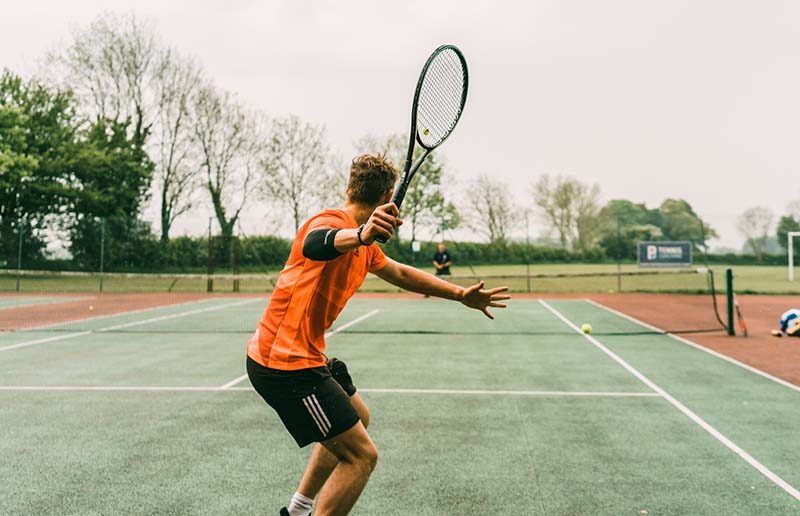When is the last time you completely lost yourself in an activity?
Maybe you were mastering a yoga pose, learning a new song, or testing your limits at the gym.
Your perception of time expanded – two hours flew by and felt like twenty minutes.
The world around you went quiet.
You were in the zone, out of your head and fully immersed in the activity, undeterred by fatigue or boredom.
If you’re like most people, you left that activity – whatever it was – feeling a deep sense of pleasure.
The Psychologist Mihaly Csikszentmihalyi made it his life’s work to investigate this type of experience.
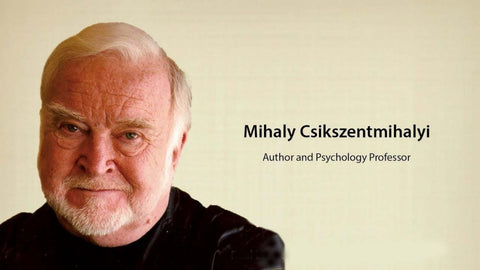
He wanted to know why rock-climbers, chess-players, athletes, and artists spend so much of their life mastering difficult and often solitary tasks with no immediate financial incentive.
During interviews, devotees of these domains delivered a consistent message.
This state of effortless effort – in which the ego dissolved, and the person and activity were fully in sync – was so intrinsically meaningful that they couldn’t stop coming back for more.
Csikszentmihalyi coined the term flow to describe these fulfilling, peak experiences.
What is Flow?
Flow isn’t some gratuitous, romantic ideal confined to the worlds of artists and athletes; research suggests that its presence is an indicator of a life well-lived, for everyone.
The scientific literature is clear: The more time people spend in flow, the better they perceive their quality of life.
All flow-states have three characteristics in common. If you don’t feel meaningfully engaged in some aspect of your life, I invite you to audit your activities to assess whether any of the following elements are missing.
First, the activity must stretch you to (but not far beyond) your limits.
If the challenge is insufficient relative to your skill level (imagine Elton John playing Twinkle Twinkle Little Star on the piano), boredom emerges.
Conversely, if the challenge feels insurmountable (imagine a novice pianist trying to learn one of Beethoven’s Sonatas), you’ll feel anxious and will withdraw.
Second, the activity must have a meaningful and clearly defined goal.
As Seneca the Younger put it, “if one does not know to which port one is sailing, no wind is favorable.” Whether you’re aiming to craft a coherent paragraph, get the football into the endzone, or strum the right chords on the guitar, clarifying the definition of success and tracking your progress towards it are key to remaining engaged.
Third, you must be in the present moment, focused single-mindedly on the task at hand despite the distractions that may come your way.
In our modern world of endless interruption, this feat has never been tougher.
Encouragingly, flow is not something that just randomly happens to us.
It’s something that we can help make happen by ensuring that certain conditions are in place.
The research is clear:
If flow is your aim, choose a challenging (but not overwhelming) activity, clear a path for it to emerge, and give it 100% of your attention.
You will be amazed at what happens next!
Video: Ted Talk by the pioneer of flow, Mihaly Csikszentmihalyi
References
Csikszentmihalyi, M. (1994). A psychology for the third millennium: The evolving self.








